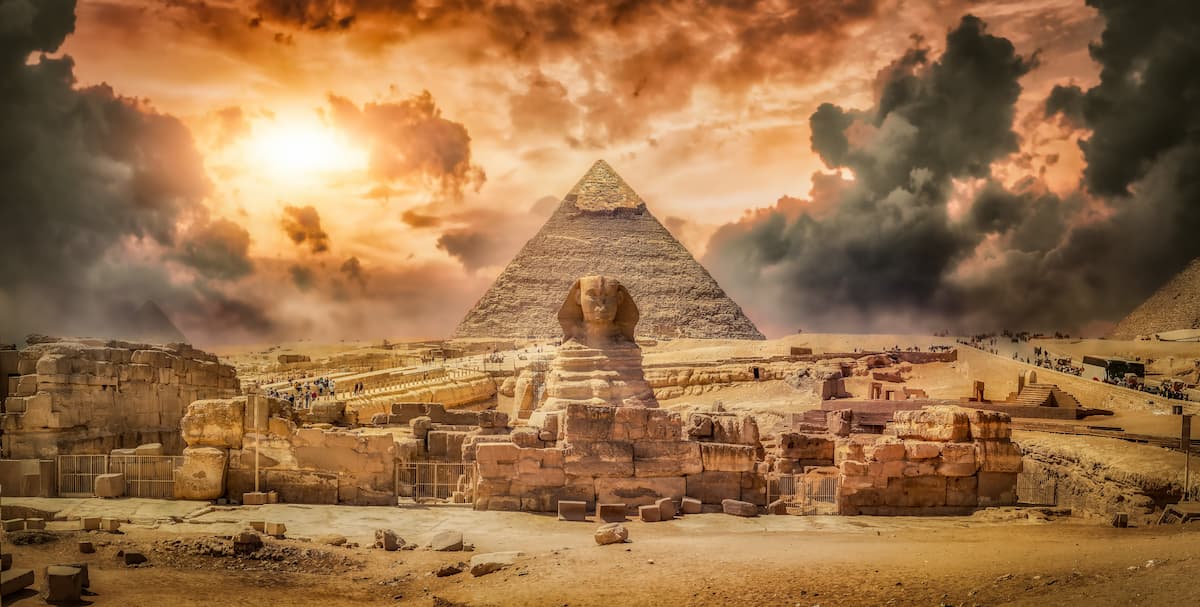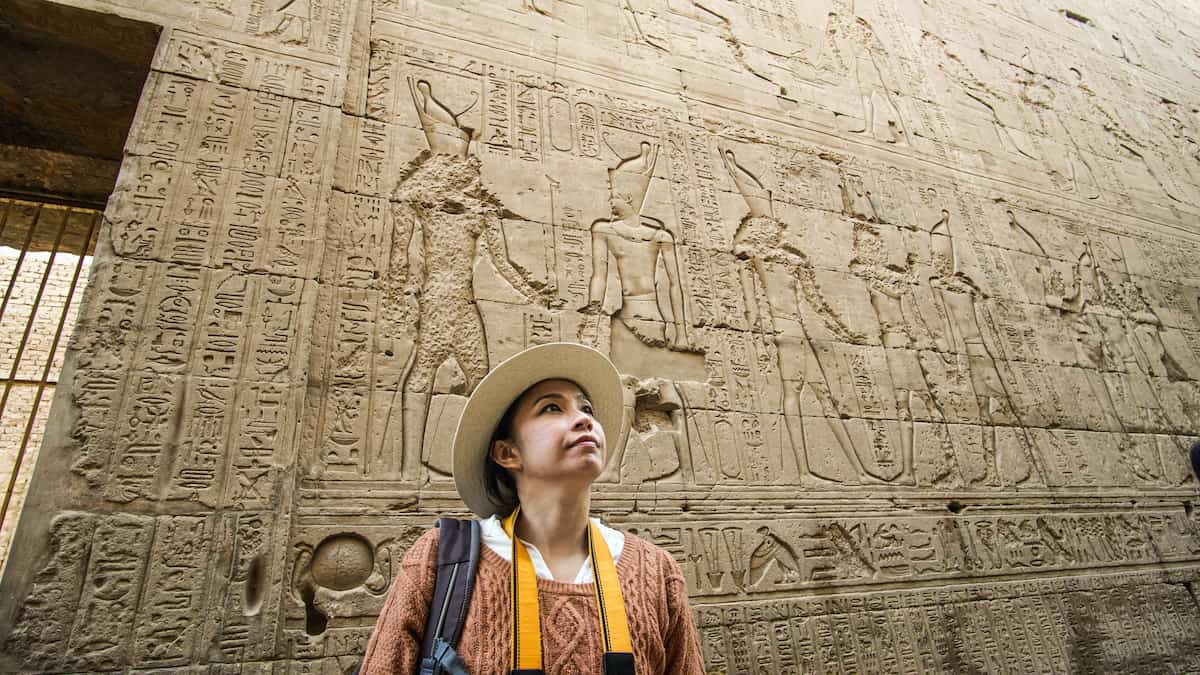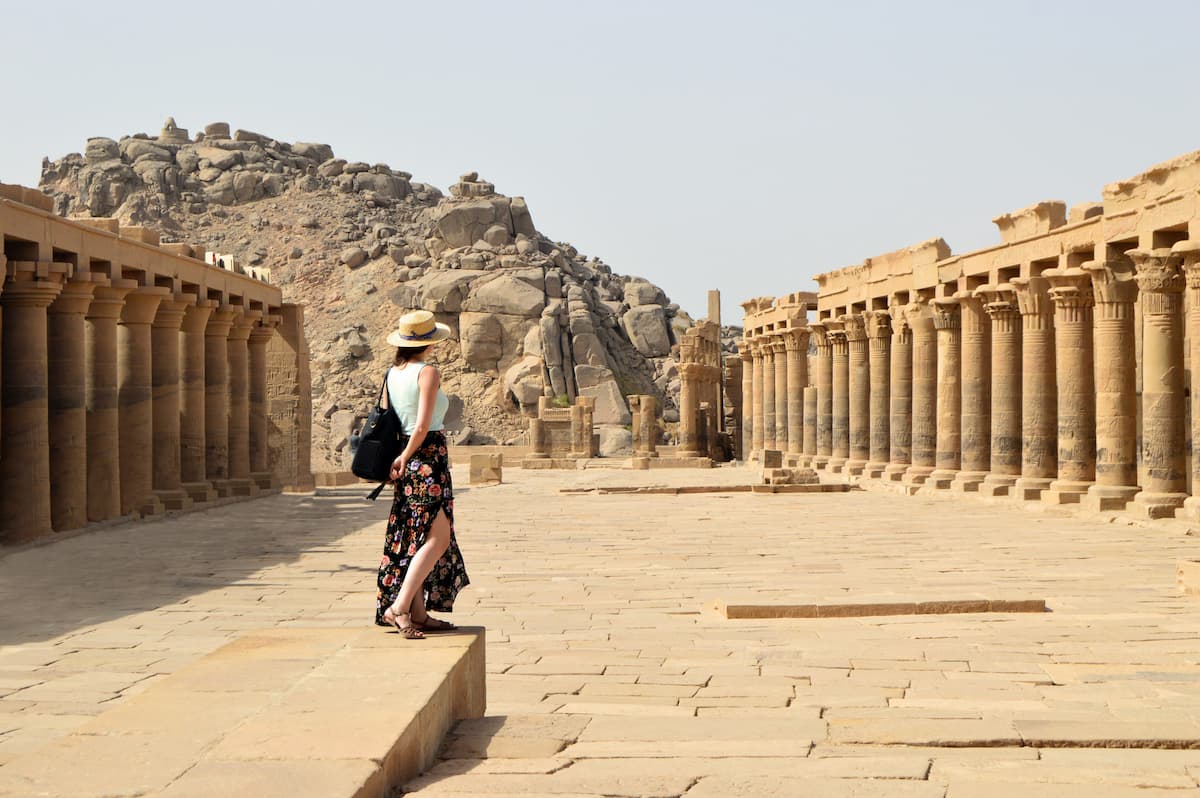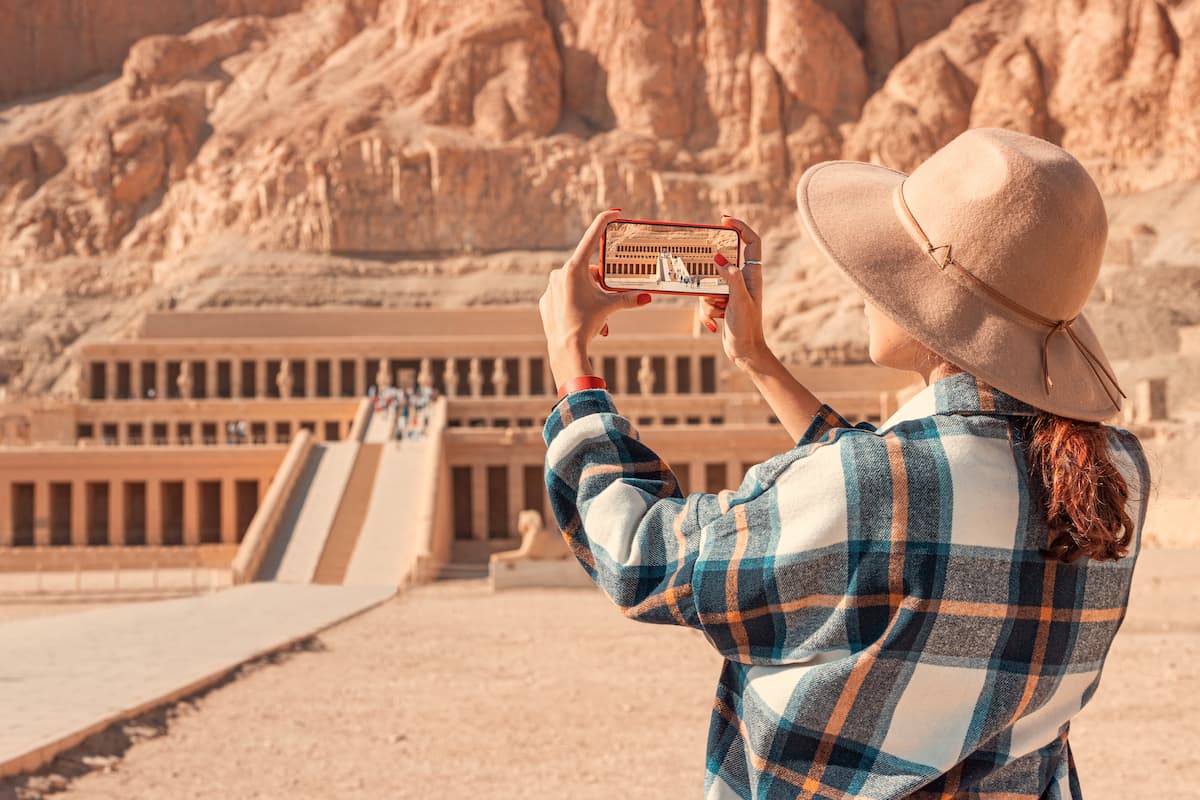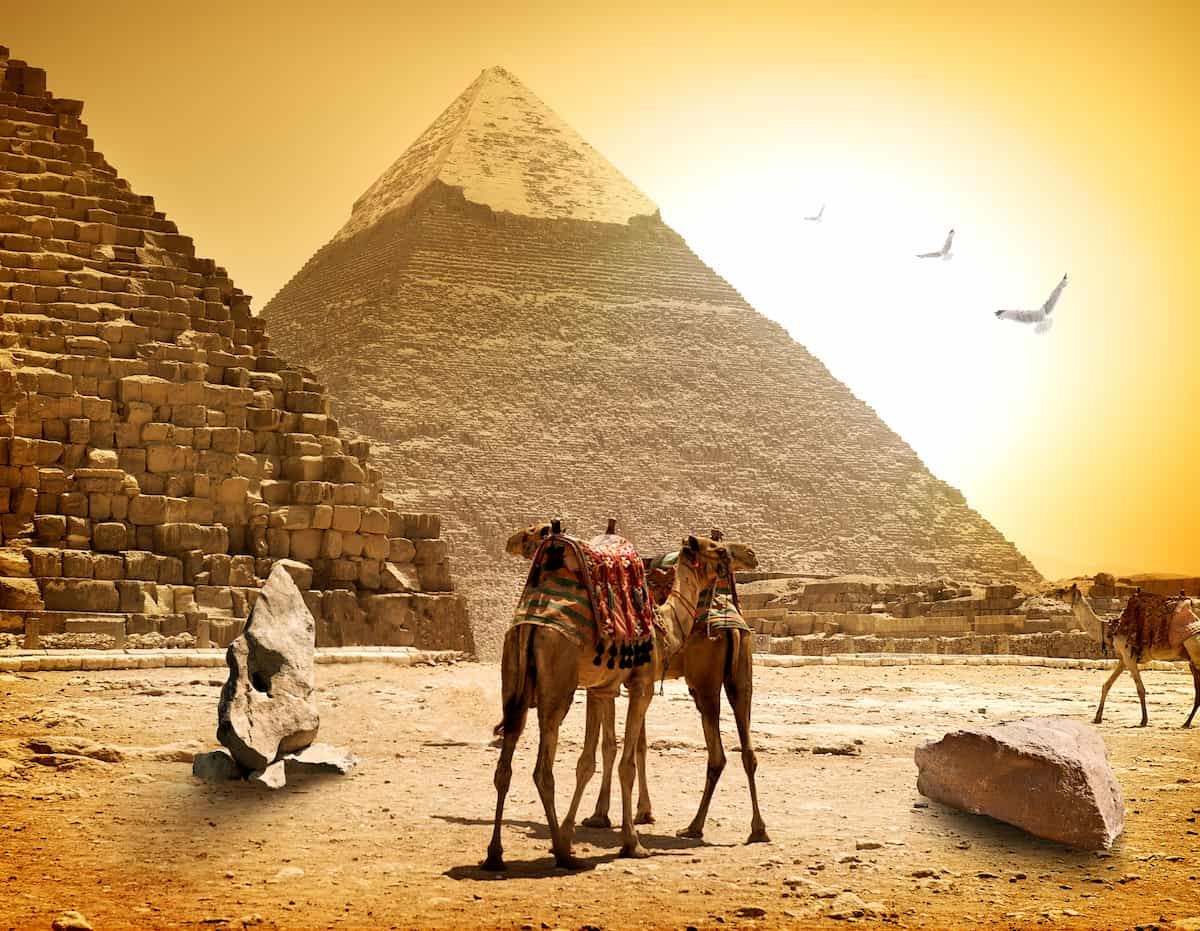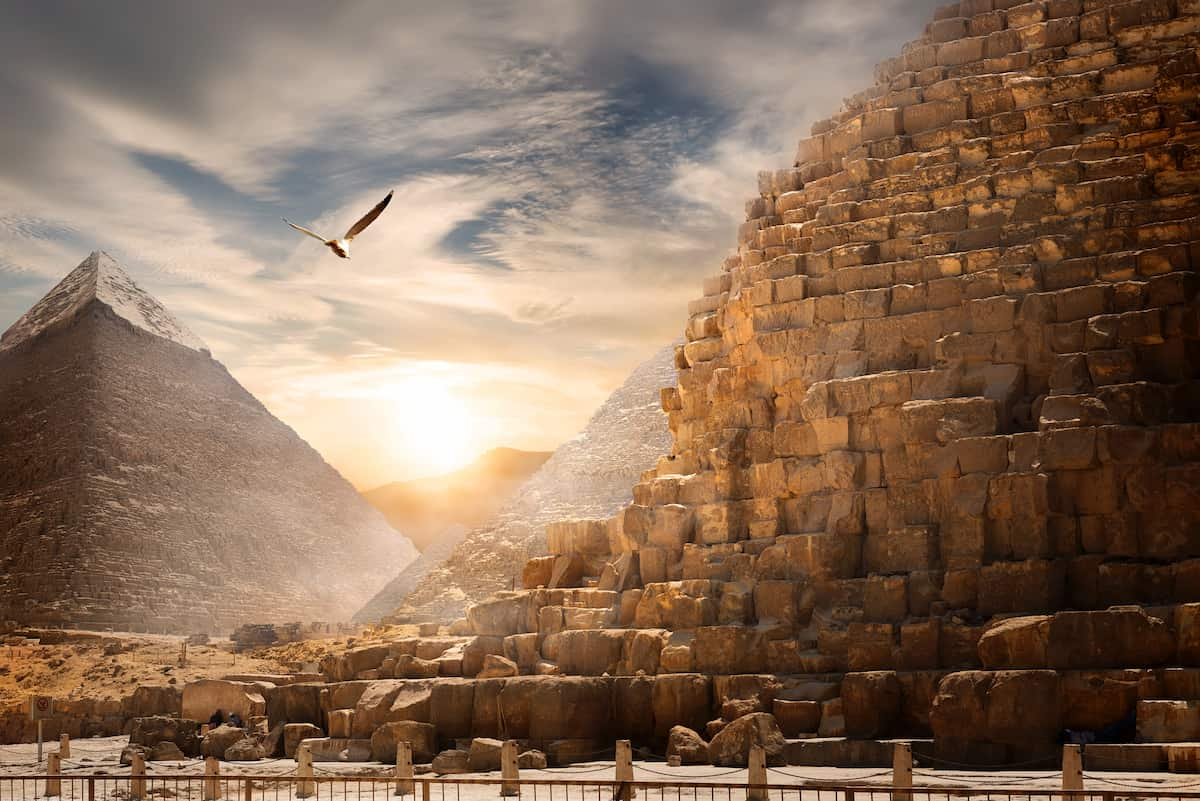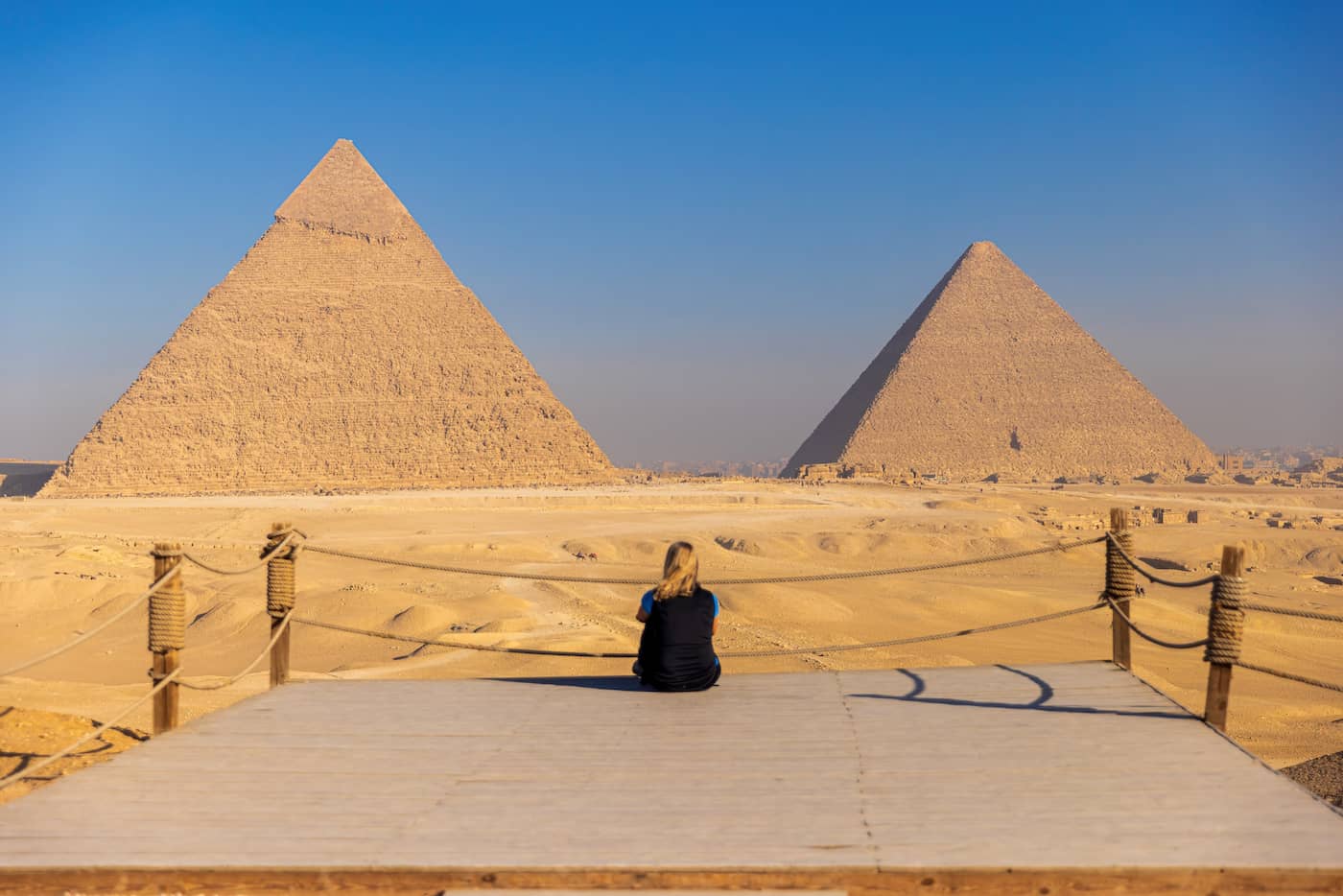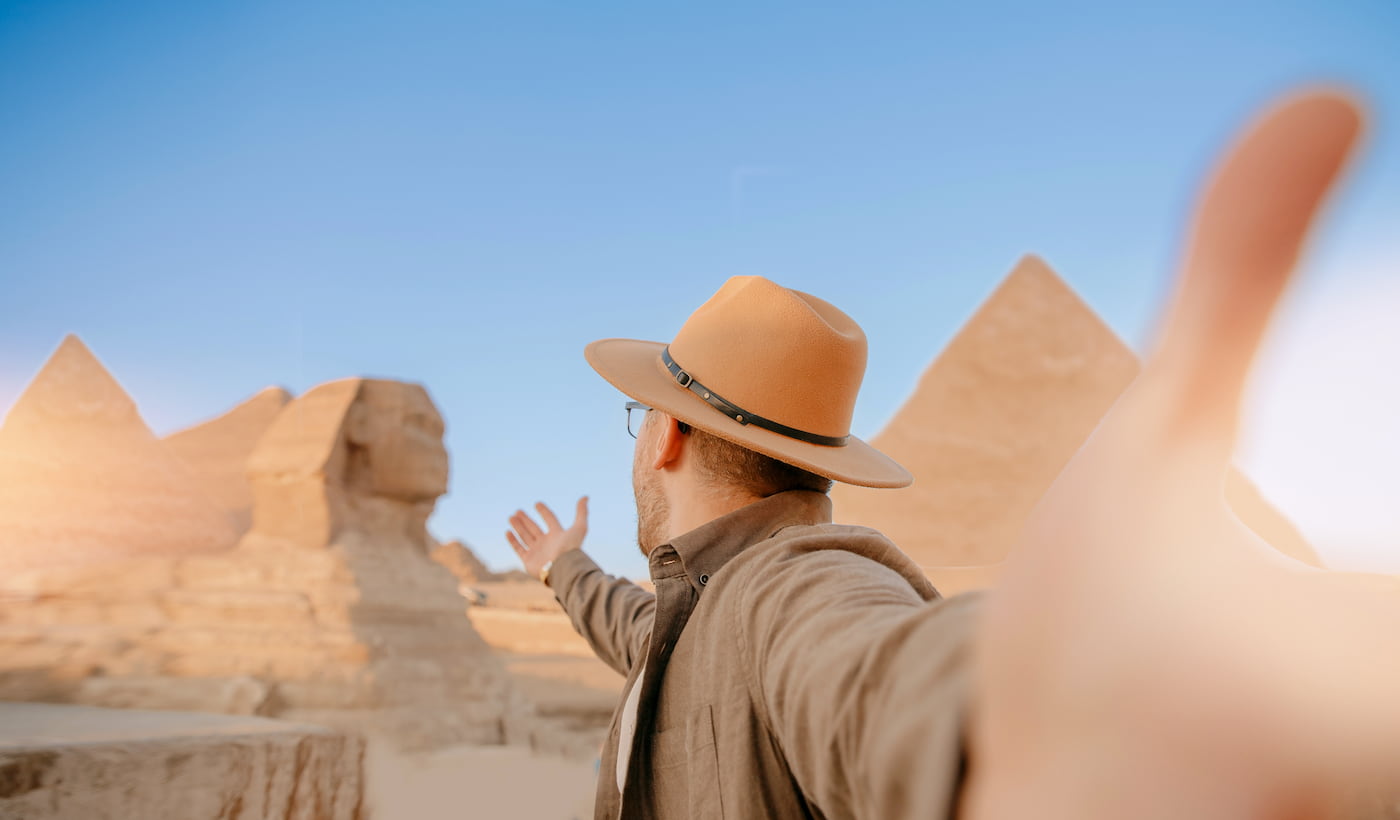The Basic Foundations of Ancient Egyptian Technology and Through Time
People who think about Ancient Egypt immediately picture the large Pyramids and the Sphinx together with golden treasures and mysterious hieroglyphics. This advanced civilization developed advanced Ancient Egyptian Technology, which established the basis for numerous features of contemporary life.
Five thousand years ago, the Egyptians demonstrated expertise in engineering and architecture, together with medicine and astronomy and mathematics, and agricultural practices. The technological progress of the Egyptians existed as essential tools while being tightly connected to their religious and cultural worldview, as well as their cosmic understanding. This paper examines different technological achievements of ancient Egyptians that led to their creation of one of history’s most enduring civilizations.
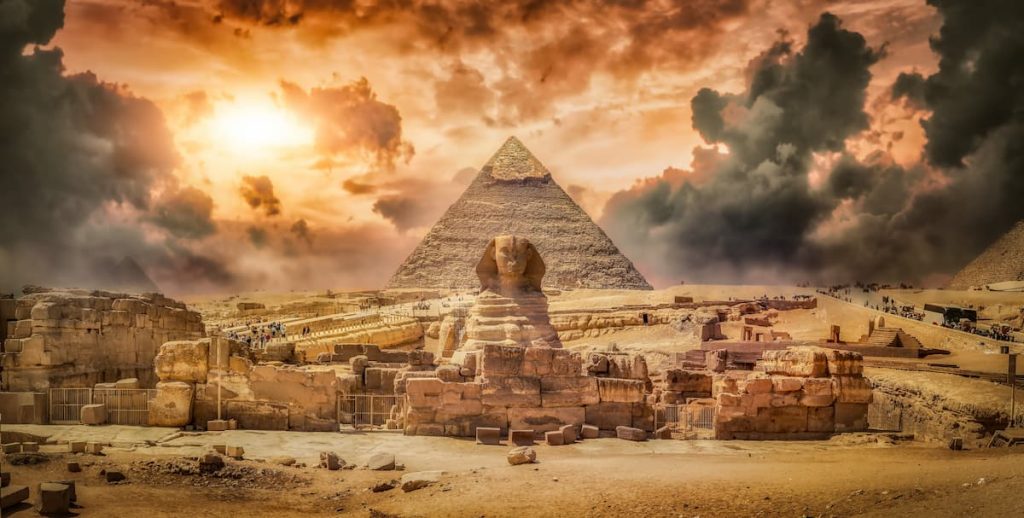
Ancient Egyptian Technology In Engineering
1. Ancient Egyptian Technology In Engineering
The Pyramids
The most significant technological achievement of Ancient Egypt consists of pyramids construction. During the rule of Pharaoh Khufu (c. 2580–2560 BCE), the Great Pyramid of Giza stands as one of the most remarkable architectural achievements, which continues to amaze people throughout history. The pyramid stands as an architectural marvel because it consists of 2 million limestone blocks, which range in weight from 2.5 to 15 tons, and its perfect alignment to cardinal directions indicates deep astronomical and geometric knowledge.
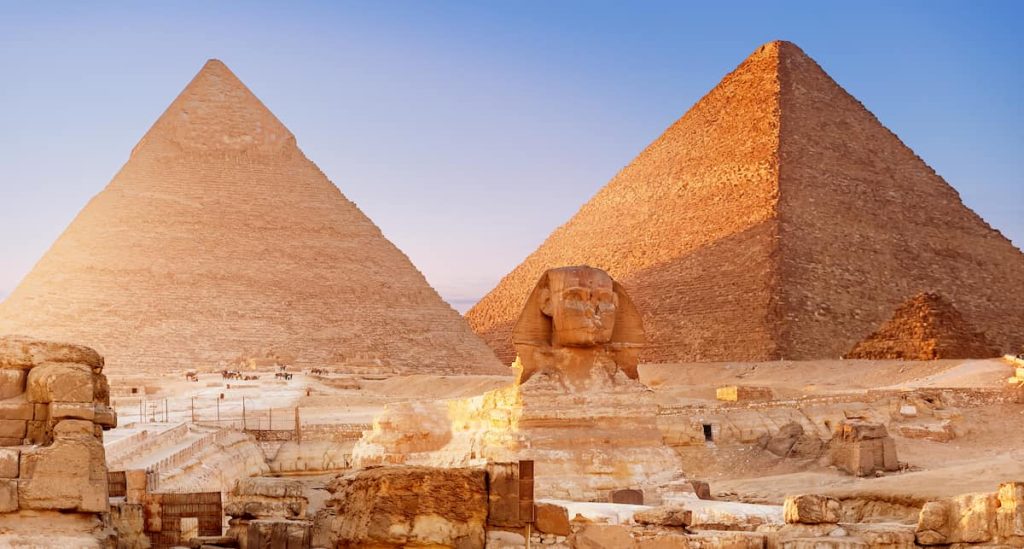
Ancient Egyptian Technology in Architecture
Scholars today remain unclear about the exact methods through which the Egyptians executed their precise block placement operations. Several theories indicate that Egyptian builders used simple machines, including levers and wooden sleds, and rolling logs, together with mud or water slipways for their construction. The Wadi al-Jarf papyri demonstrate logistical records that show material transportation through boats and canals.
Temples and Obelisks
Egyptian engineers built two types of structures: massive temples and single-piece granite obelisks. The Karnak temple, along with Hatshepsut’s mortuary temple and Abu Simbel temples, showcases exceptional planning and symmetrical designs at an enormous scale. Obelisk transport and installation techniques, which required the handling of 300-ton weights, showcase advanced mechanical understanding. Building and placing these monolithic structures needed both human labor and sophisticated lever-based systems, together with ramp-based construction and counterweight systems.
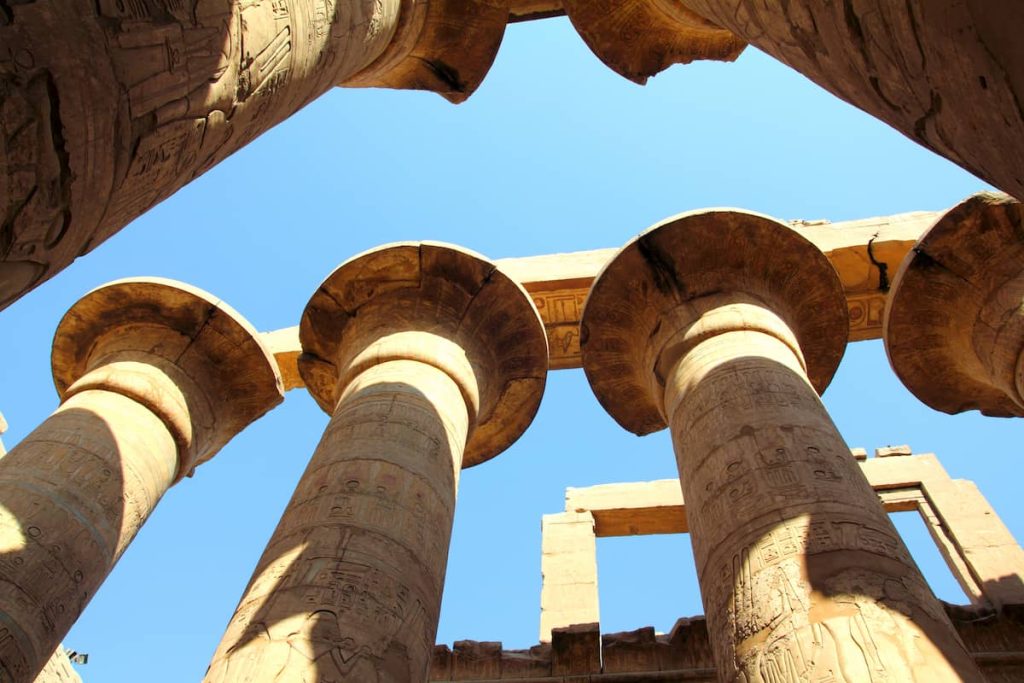
Ancient Egyptian Technology in Temples Architecture
2. Ancient Egyptian Agricultural Technology: Mastering the Nile
The strategical location of Egypt along the River Nile facilitated the creation of an advanced farming system. On the other hand, the Nile flood, which happened annually, created a layer of rich silt that made the banks of the Nile River suitable for farming. The Egyptians used this natural pattern to create advanced irrigation systems and agricultural tools.

Ancient Egyptian Agricultural Technology – Farming Around The Nile
Irrigation and Water Management
The Egyptians created an advanced network of water control structures, which included basins and canals, and dikes to manage Nile water flows. Also, the Egyptians operated a tool called the shaduf, which utilized a weight-based system to lift water from the river into irrigation channels by hand. The Egyptians enhanced their water management systems by adding waterwheels and screw pumps which enabled continuous farming throughout the year.
Calendar and Agricultural Planning
Ancient Egyptian people invented a calendar system through moon and sun observations. In fact, this was matching their farming activities with the Nile’s flooding cycle. Egyptians identified the star Sirius (Sopdet) rising to predict the annual flood, which enabled them to plan their planting and harvesting activities precisely. The agricultural economy based on wheat, barley, flax, papyrus, vegetables, and fruit became prosperous.

Ancient Egyptian Calendar
3. Ancient Egyptian Technology In Medicine: A Blend of Science and Spirituality

Surgical Instruments: Ancient Egyptian Technology In Medicine
The medical system of Ancient Egypt ranked as one of the most advanced medical systems throughout the ancient period. Through their medical practice, the Egyptians combined scientific observations with religious beliefs to demonstrate their advanced understanding of human bodies and diseases.
Surgical Tools and Procedures
The Edwin Smith Papyrus and Ebers Papyrus, together with archaeological discoveries, present medical practices that include sutures as well as bone setting and wound dressing. Egyptian medical practitioners utilized bronze instruments, which included scalpels alongside forceps and scissors, and clamps.
They learned effective methods to treat both injuries and fractures and dislocations, and abscesses. Natural remedies with honey (as an antiseptic), willow (as an analgesic), and various herbs were used in medical treatments, which avoided methods based on magic and incantations.
Anatomy and Embalming
They obtained their deep understanding of human body structures from the practice of mummification. The removal of organs led to body preservation through natron salt, followed by linen wrapping,g which demonstrated their understanding of decay processes and preservation techniques. Through this procedure, both spiritual needs and scientific knowledge about human biological systems benefited.
4. Mathematics and Geometry Technology In Ancient Egypt: Practical and Sacred
Egyptian mathematics focused on arithmetic and geometry because these fields proved vital for engineering operations and construction, as well as land management needs.
Measurement Systems
The Egyptians created measurement systems, including the cubit, which measured 52.3 cm, and they used it to construct temples and pyramids with remarkable precision. The construction process maintained accuracy through the use of cubit rods and plumb bobs as measuring instruments.
Geometry in Construction
Egyptian architects used right angles, triangles, and symmetry to build their enormous architectural structures. The mathematical formulas for calculating the area of a triangle, along with the volume of a cylinder, appear in multiple papyri. The Egyptians demonstrated outstanding precision in calculating the steepness of pyramids through their development of the “seked” measurement. Their mathematical skills proved practical since they applied their knowledge to solve real-world problems.
5. Writing and Record-Keeping: The Technology of Language In Ancient Egypt

Writing and Record-Keeping In Ancient Egypt
The development of writing systems marked a fundamental technological advancement for the Ancient Egyptian civilization. The unique writing system known as hieroglyphics emerged around 3100 BCE for religious and official documents and monumental inscriptions.
Hieroglyphs and Writing Tools
Papyrus served as the Egyptian writing material because it resembled paper but originated from the papyrus plant. The writing tools consisted of reed brushes and ink solutions derived from soot minerals and ochre minerals. Scribes who were highly trained professionals documented laws together with grain production figures and temple donation records, and medical written content.
Hieroglyphs served multiple purposes since they represented both sounds and meanings as well as displayed artistic qualities. The evolution of hieratic and demotic scripts led to faster, practical writing systems for administrative and trading purposes.
6. Ancient Egyptian Astronomy Technology: Mapping the Heavens
The practice of timekeeping, together with agricultural operations and religious practices, depended on astronomical observations. The Egyptian scholars studied night sky phenomena to develop accurate star charts and constellations.
Calendars and Celestial Alignment
The Egyptian calendar consisted of a 365-day year, which was divided into twelve thirty-day months with an additional five sacred days. The positioning of temples and pyramids aligned with celestial bodies, including the Orion constellation and the solar movements during the solstices.
Timekeeping Devices
The Egyptians developed three time-keeping instruments, including shadow clocks as well as water clocks (clepsydras) and meridian lines. Through their innovations, society could establish a temporal structure where religious rituals and agricultural operations, and public governance, synchronized with astronomical movements.
7. Advanced Technology of Transportation and Shipbuilding In Ancient Egypt
Transportation of people and goods required both land and water routes to connect the extensive Egyptian empire. Navigation along the Nile River served as Egypt’s primary transportation route because its people excelled at shipbuilding and boat operation.
Early boats originated from papyrus reeds, but later wooden ships evolved through planks, which shipbuilders secured with rope lashings. The ships transported grain together with stone and soldiers, and officials throughout Egypt before expanding their operations to foreign territories such as Punt in modern-day Somalia.
Their ships utilized sails to propel themselves upstream as well as oars for maneuvering through narrow spaces. The knowledge of wind patterns, together with their expertise in currents and stellar navigation,n enabled them to expand trade and military operations.
Land Transport and Roadways
The primary method of moving people and goods across land involved walking and using donkeys. They constructed roads together with causeways, which served to transport massive stone blocks between quarries and construction sites. Sledges, along with rolling logs and wet sand, were used by them to decrease friction when moving heavy loads.
8. Metallurgy and Toolmaking
The Egyptians became the first civilization to use copper and bronze tools before eventually adopting iron technology. The Egyptians developed the ability to smelt metals and create castings as well as develop metal alloys.
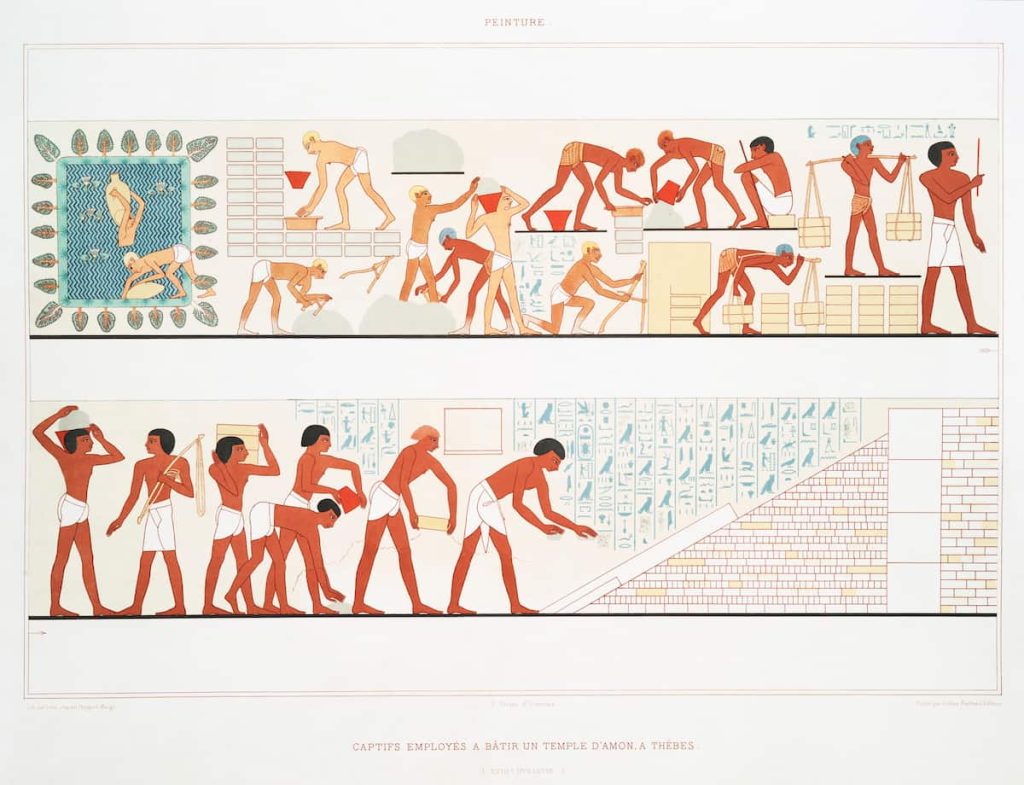
Metallurgy and Toolmaking In Ancient Egypt
Weapons and Tools
The Ancient Egyptian military produced chisels, saws, plows, needles, and nails from bronze and copper materials. During battle, they employed spears and daggers alongside swords and shields as their main weapons. The Second Intermediate Period saw the Hyksos introduce chariots, which brought advanced warfare capabilities to Egyptian technology.
9. Ancient Egyptian Technology In Cosmetics, Clothing, and Daily Life Activities
Technology existed beyond major projects since it also influenced everyday life.
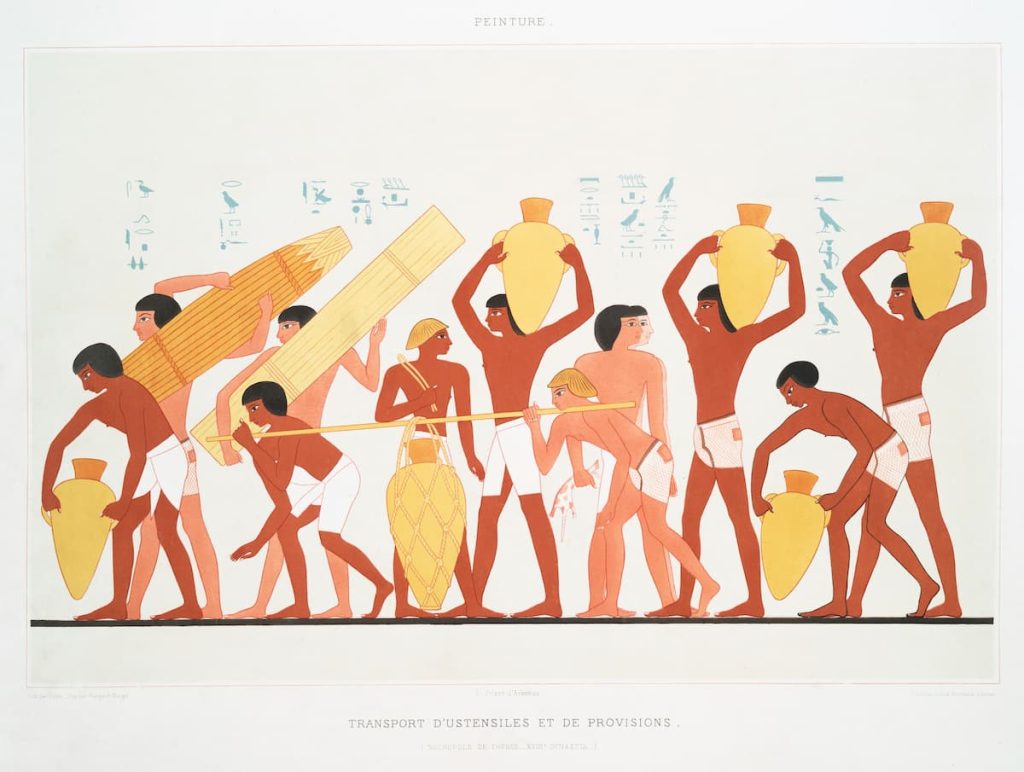
Ancient Egyptian Technology In Cosmetics, Clothing, and Daily Life Activities
Cosmetics and Hygiene
The Egyptians take their position as leaders in personal care practices. People created kohl eyeliner and perfumes as well as skin creams and hair oils, through natural ingredient combinations. The products served dual functions, which protected users from both sun damage and insects while also enhancing their appearance.
Textiles and Weaving
Their development of spinning and weaving tools produced high-quality linen clothing materials. Textile manufacturing became a major business sector because wood and bone materials were used to make both looms and spindles.
10. Legacy and Influence
The technological developments of Ancient Egypt continued after their civilization disappeared. Through Greek and Roman civilizations, the Egyptian knowledge was transmitted to shape Western science, engineering, and medical practices. Their geometric methods and calendar systems, and surgical procedures formed fundamental building blocks for succeeding societies.
Conclusion
The civilization of Ancient Egypt represented more than mythological stories and architectural marvels because it thrived through advanced technological achievements. The Egyptian technology demonstrated practicality and visionary thinking as well as deep cultural and environmental connections through their work on pyramid construction and medical practices and water resource management, and stellar mapping. The achievements of ancient Egyptians prove that modern technology does not have a monopoly on innovation. The tools they used appeared basic when compared to contemporary technology, yet their innovative thinking and systematic approach, and scientific curiosity displayed exceptional qualities. By studying their legacy, we gain knowledge about the fundamental beginnings of human technological advancement as well as the ongoing human need to transform reality through knowledge.

